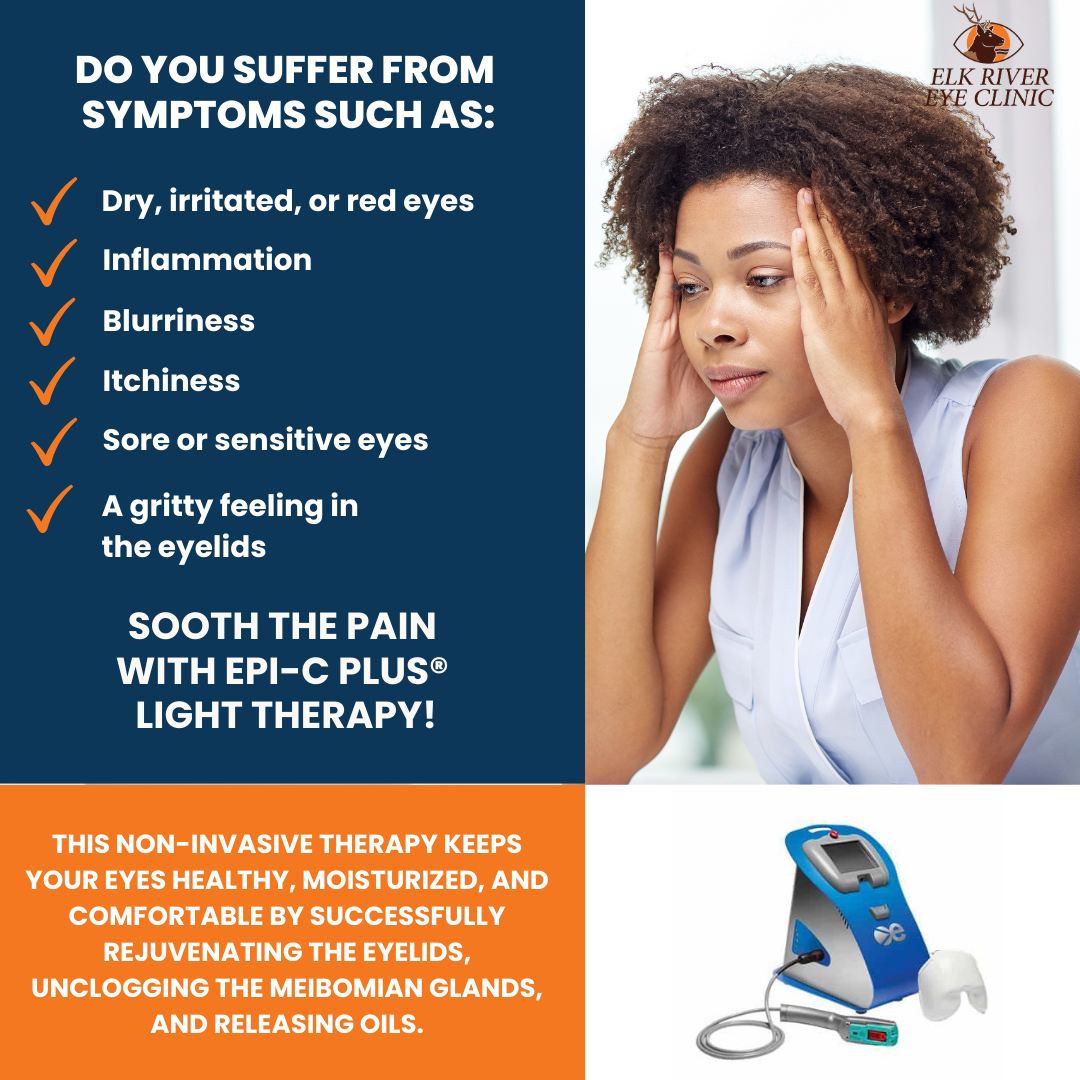New Technology:
The Epi-C Plus IPL machine can also be used to treat dry eye syndrome, a condition characterized by insufficient tear production or poor-quality tears. Here's how it works for this specific condition:
How does it help with Dry Eye Treatment?
Targeting Meibomian Glands:
Meibomian Gland Dysfunction (MGD): One of the primary causes of dry eye is MGD, where the meibomian glands in the eyelids do not secrete enough oil into the tears. This oil layer prevents the evaporation of the tear film.
IPL Treatment: The IPL device targets the eyelid area (usually the lower eyelid) to heat the meibomian glands. The heat helps to melt and loosen the hardened oils (meibum) that block the glands.
Reducing Inflammation:
Anti-inflammatory Effects: IPL has anti-inflammatory properties. It can reduce the inflammatory mediators and bacteria on the skin around the eyes, which contribute to ocular surface inflammation and dry eye symptoms.
Stimulating Blood Flow:
Enhanced Circulation: The treatment can stimulate better blood flow in the treated area, improving the function of the meibomian glands and the overall health of the eyelid margin.










